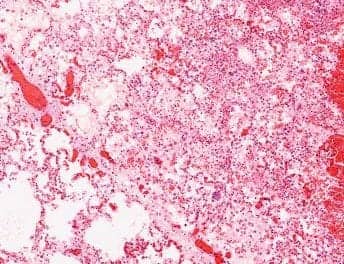Are professional medical associations (PMAs) unduly influenced by pharmaceutical and medical device manufacturers? Some experts suggest so, and an article in the April 1 issue of JAMA1 might have some PMAs questioning their practices. David J. Rothman, PhD, of Columbia University, and colleagues wrote of their growing concern over the relationships between PMAs and industry.1 Rothman et al warn that industry influence may compromise clinical decision-making and adversely affect health care delivery and compromise the reputation of the medical profession. They suggest 10 rigorous measures that PMAs need to take to control conflict of interest, including working toward a complete ban on pharmaceutical and medical device industry funding. The list addresses general budget support, annual meetings, practice guideline formulation, product endorsements, fellowships and grants, and satellite meetings, among other possible areas of conflict.
How about our own professional organizations? How do they measure up regarding conflict of interest (CoI), sponsorships, and CME funding?
In a recent e-mail, Sam Giordano, American Association for Respiratory Care (AARC) executive director/CEO, wrote to me that AARC requires CoI disclosures from all—officers, board members, key employees, and all members appointed to serve as a representative or committee member by the president.
“This system has been in place for years,” he continued. “AARC does follow its mission regarding education and selects all topics and presenters on that basis, as is recommended in the JAMA article. We do accept grants,” Giordano wrote, “so long as AARC retains its role to plan and implement programs, etc, without regard to any particular sponsor, product, or service. This often means that AARC must fund programs, but that is part of its mission.”
The American Thoracic Society has significant safeguards in place also, says Steve Crane, senior director of the society. “Direct [monetary] support from industry is below 25% of our budget,” he told RT. He says that managing CoI has become a high priority. “I have one full-time person and two assistants managing the CoI system.” All of the peer reviewers, authors, editors, and associate editors of ATS journals are “vetted” for CoI. Regarding symposia at the society’s annual meeting, topics are proposed by the ATS’s scientific assembly, and then reviewed by peers, all of whom have been screened for CoI. The relevant assembly then finalizes the program before it is presented to possible sponsors as a “done deal.” ATS doesn’t permit satellite symposia. Regarding research, fellowships, and guideline development, Crane says that all committees and panels are screened for CoI, and members are removed from the committee or panel if there is a conflict that cannot be resolved.
Crane says that the zero tolerance Rothman recommends reflects bad practices in the past. “ATS is doing an extraordinary job of ensuring there is no conflict of interest,” he asserts—and, just as important, no perception of conflict.
Conferences, CME courses, practice guidelines, and public advocacy positions are crucial to our profession. Without the support of industry, these activities would probably not be possible. We need to have confidence that our PMAs are doing everything they can to ensure that the scientific integrity of their offerings is uncompromised.
—Marian Benjamin
[email protected]
Reference
- Rothman DJ, Walker JM, Berdowitz CD, et al. Professioanl medical associations and their relationships with industry. JAMA. 2009;301:1367-72.










